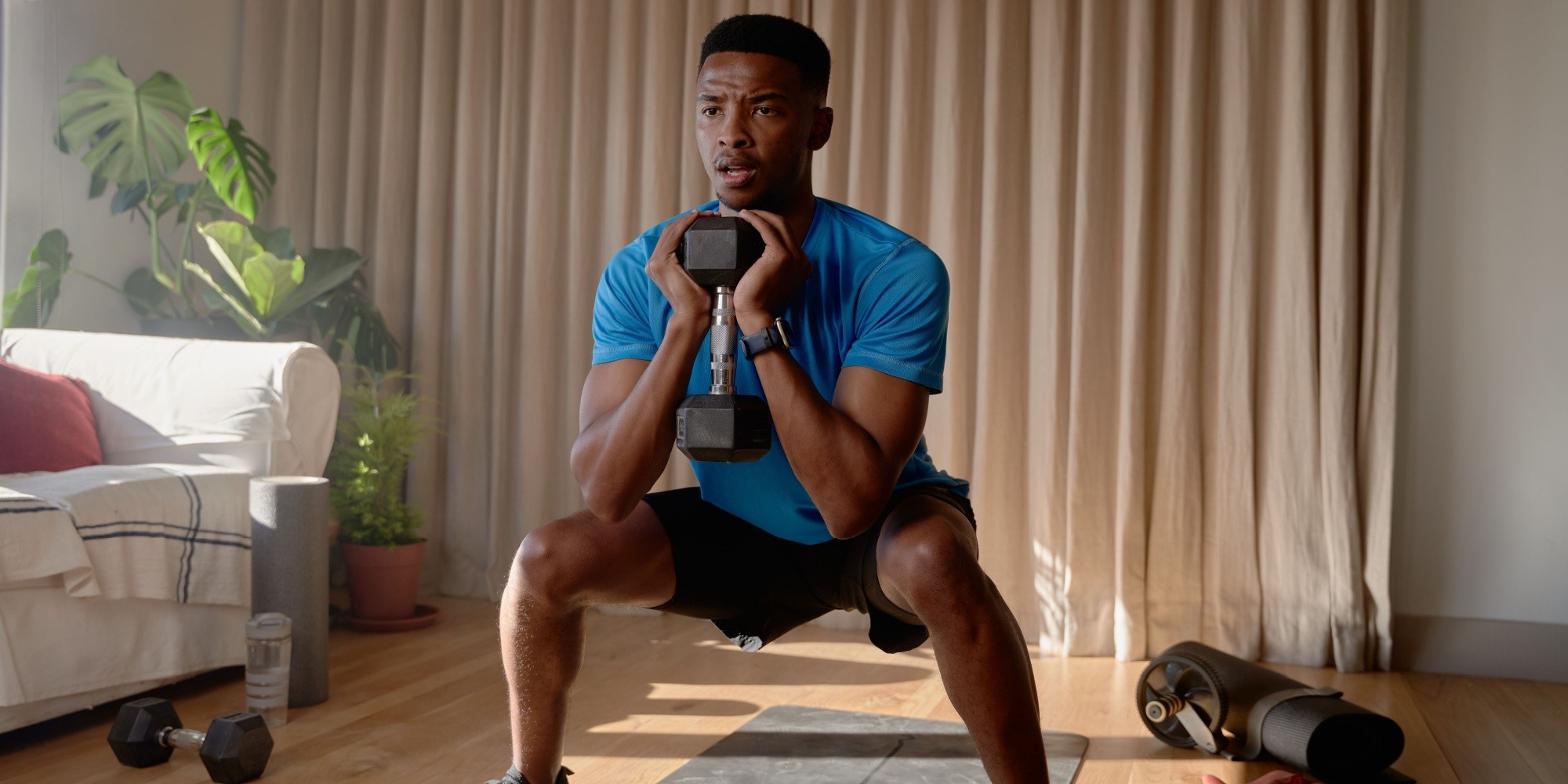If learning to curl is as easy as ABC, then learning to squat is as easy as Non-Euclidean Geometry. There are a million ways to do it wrong, and your body won’t be shy in trying to find a million and one. But its complexity is often a result of poor coaching, not necessarily user error. In this blog, I’ll test my teaching chops and guide you to performing a strong, safe, and stable squat.
Why Squat? Squatting isn’t just an exercise; it’s a fundamental movement that impacts your entire body. It affects your spine, hips, knees, ankles, and feet, helping to boost mobility and build muscle strength. For beginners, getting squats right is crucial. It sets the stage for other exercises and daily activities, improving your posture, balance, and overall functional ability.
It’s more than a muscle building exercise: Think of squatting as a diagnostic tool. It helps you identify and address any movement issues or weaknesses. Learning proper squat technique can reveal and correct alignment problems and muscle imbalances. This foundational exercise is not just about getting strong but also about ensuring that your body moves efficiently and safely.
Getting Started
Focus on Form: When you’re new to squatting, the emphasis should be on perfecting your form rather than lifting heavy weights. Start with bodyweight squats to nail down the correct technique and build strength and stability. Practicing consistently will improve your form and minimize the risk of injury, ensuring you reap the maximum benefit from each squat.
Developing Proper Mechanics
Maintaining Good Posture: Good posture is the base of a successful squat. Keep your heels firmly planted and lower yourself while maintaining a neutral spine and making sure your knees don’t cave excessively inward. This alignment helps prevent strain and ensures that your muscles are engaged properly.
It probably won’t feel perfect at first, and that’s okay! Acknowledge and note what issues you’re having so that if it doesn’t resolve itself with practice, you can know what to search online later (lower back rounding, excessive forward lean, heels lifting off the ground, etc.)
If your squat doesn’t feel anything like how a squat should, try assisted variations before moving to the next steps. Incorporate tools like a physio ball against the wall to help maintain proper form. This is especially useful for beginners. The ball offers support and feedback, guiding you through the correct movement patterns.
Step-by-Step Progressions
Bodyweight Squats: Start with bodyweight squats to master the movement. Focus on getting your form right before adding weights. Using a pole or other stability aids can help you maintain balance and proper technique.
Light Weighted Squats: Once you’re comfortable with bodyweight squats, gradually introduce light weights. This progression reinforces proper technique while building strength. Ensure you maintain good form as you increase the weight to prevent injuries and enhance muscle engagement.
Barbell Squats: When you’re ready, incorporate a barbell into your routine. Pay attention to shoulder mobility and upper back stabilization. Using the right weight and maintaining proper technique will build strength and improve your squat performance.
Upper body flexibility and how it affects barbell squats: Many people struggle to properly barbell squat because holding the bar feels awkward. Before you dive into barbell squats, make sure to warm up your UPPER BODY properly. Dynamic stretches and mobility exercises can enhance your flexibility and prepare your shoulders and upper back. A good warm-up routine not only reduces the risk of injury but also optimizes your performance and makes sure your set of squats ends because your legs burn, not your shoulders.
Mastery Through Consistency: Becoming proficient in squatting takes time and regular practice. By focusing on form, mobility, and gradual progression, you’ll build strength, enhance functionality, and reduce the risk of injury. Squatting correctly is a key part of overall fitness and well-being, and it’s worth the effort to get it right.
The perfect squat is YOUR perfect squat: While there are many similarities that make up a good squat, not all good squats look the same. Our anatomies are unique. Some people will need to point their toes slightly out to open their hips. Some people will need to elevate their heels on a small wedge or plate to accommodate limited ankle range of motion. Some people will have a narrow stance while others will have a wider stance. Don’t get hung up on these details. What matters is that you are squatting with a neutral spine, braced core, and hitting good depth in a way that feels strong, safe, and stable.
Follow these steps and soon enough you’ll be squatting with perfect form.






